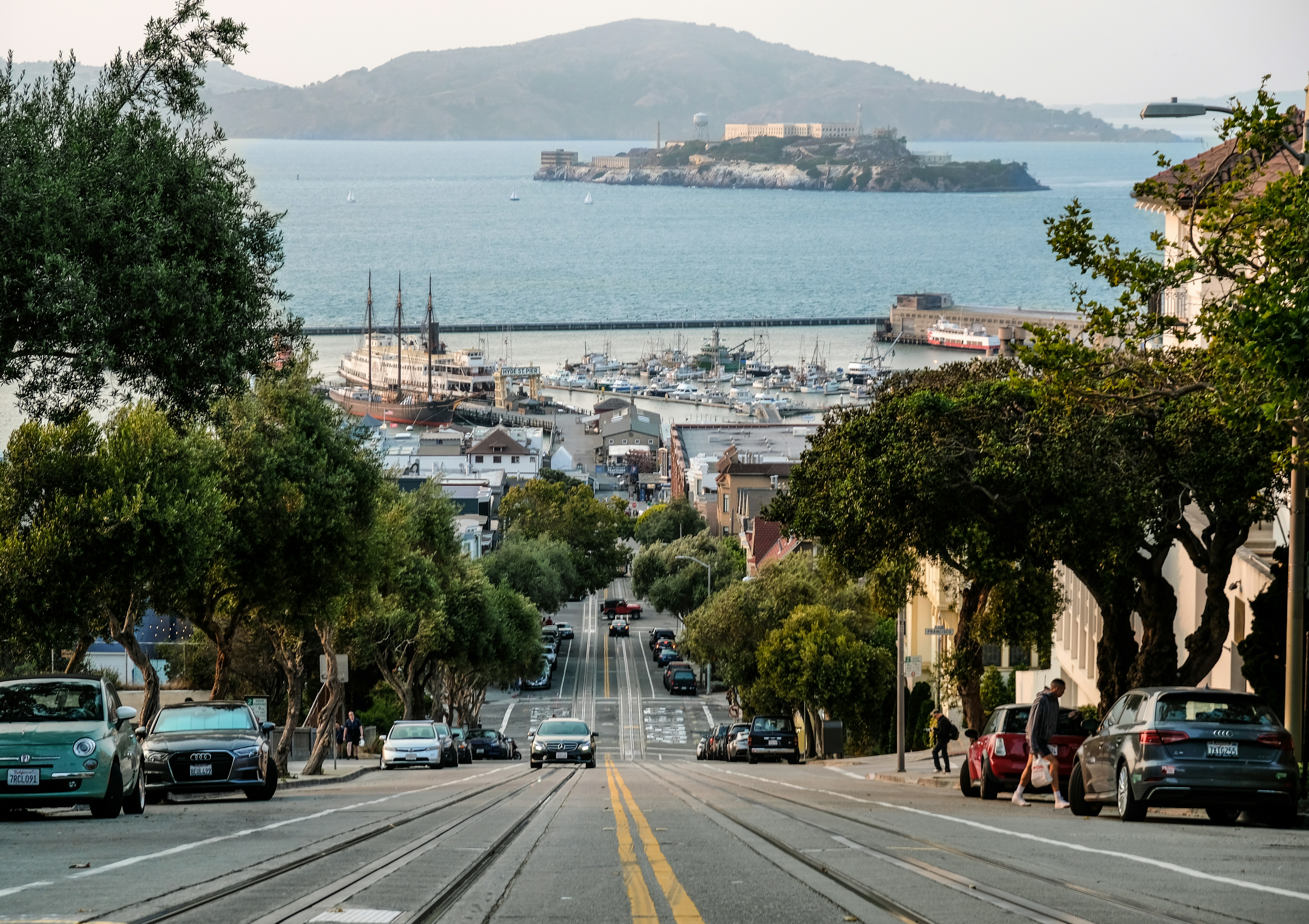ALCATRAZ – President Donald Trump has announced plans to reopen Alcatraz, the former maximum-security federal prison, sparking immediate controversy and raising questions about the feasibility and cost of the ambitious proposal.
- Trump’s Alcatraz Plan: President proposes reopening Alcatraz as a federal prison.
- Challenges & Criticism: Plan faces cost concerns and strong political opposition.
- Alcatraz’s Current Status: Former prison is now a National Park tourist site.
Presidential Directive: Reopening Alcatraz
President Donald Trump has announced his intention to rebuild and reopen Alcatraz, the infamous former maximum-security prison located on an island in San Francisco Bay. Trump outlined his plan in a series of posts on his Truth Social platform, stating that he has directed the Bureau of Prisons, along with the Department of Justice, FBI, and Homeland Security, to undertake the project. He framed the move as a critical step in restoring “Law, Order, and JUSTICE,” arguing that it would serve as a symbol of the nation’s commitment to addressing “vicious, violent, and repeat Criminal Offenders.” Trump emphasized the need to isolate such individuals from society, echoing the original purpose of Alcatraz in housing the most incorrigible inmates. His statements also indicated a desire to counteract what he perceives as judicial leniency and to reinforce a tough-on-crime stance.
Operational and Economic Considerations
The feasibility of Trump’s plan has been immediately called into question, primarily due to the significant logistical and financial challenges involved. Alcatraz was closed in 1963 because it was deemed too expensive to operate, with costs nearly three times higher than other federal prisons at the time. The island’s isolation necessitates the transportation of all supplies, including water, by boat, adding to the operational expenses. Moreover, the aging infrastructure would require substantial renovations. Experts suggest that rebuilding and expanding the facility, as Trump proposes, would incur a steep price tag. The National Park Service, which currently manages Alcatraz, has not yet commented on the potential impact on its operations.
Responses and Criticism to Trump’s Proposal
The announcement has drawn sharp criticism from California officials. A spokesperson for Governor Gavin Newsom dismissed the plan as a “distraction,” while state senators labeled it “absurd” and a potential “domestic gulag.” Former House Speaker Nancy Pelosi also weighed in, stating that the proposal “is not a serious one,” given Alcatraz’s current status as a popular national park and tourist attraction. Critics argue that reopening the prison would not only be impractical but also undermine the island’s historical and cultural significance. There are also reports that legal experts are questioning the legality of the plan.
Alcatraz Past and Present: From Prison to National Park
Alcatraz Island’s history predates its use as a federal penitentiary. Initially, it served as a military fortification in the mid-19th century, later transitioning into a military prison. In 1934, it became a federal prison, housing notorious criminals like Al Capone and Robert Stroud, the “Birdman of Alcatraz.” The prison was closed in 1963 due to high operating costs and deteriorating conditions. Since 1972, Alcatraz has been part of the Golden Gate National Recreation Area, managed by the National Park Service. It has become a major tourist destination, attracting millions of visitors annually who come to learn about its history and explore the preserved prison buildings. The island’s status as a National Historic Landmark underscores its cultural and historical importance.














